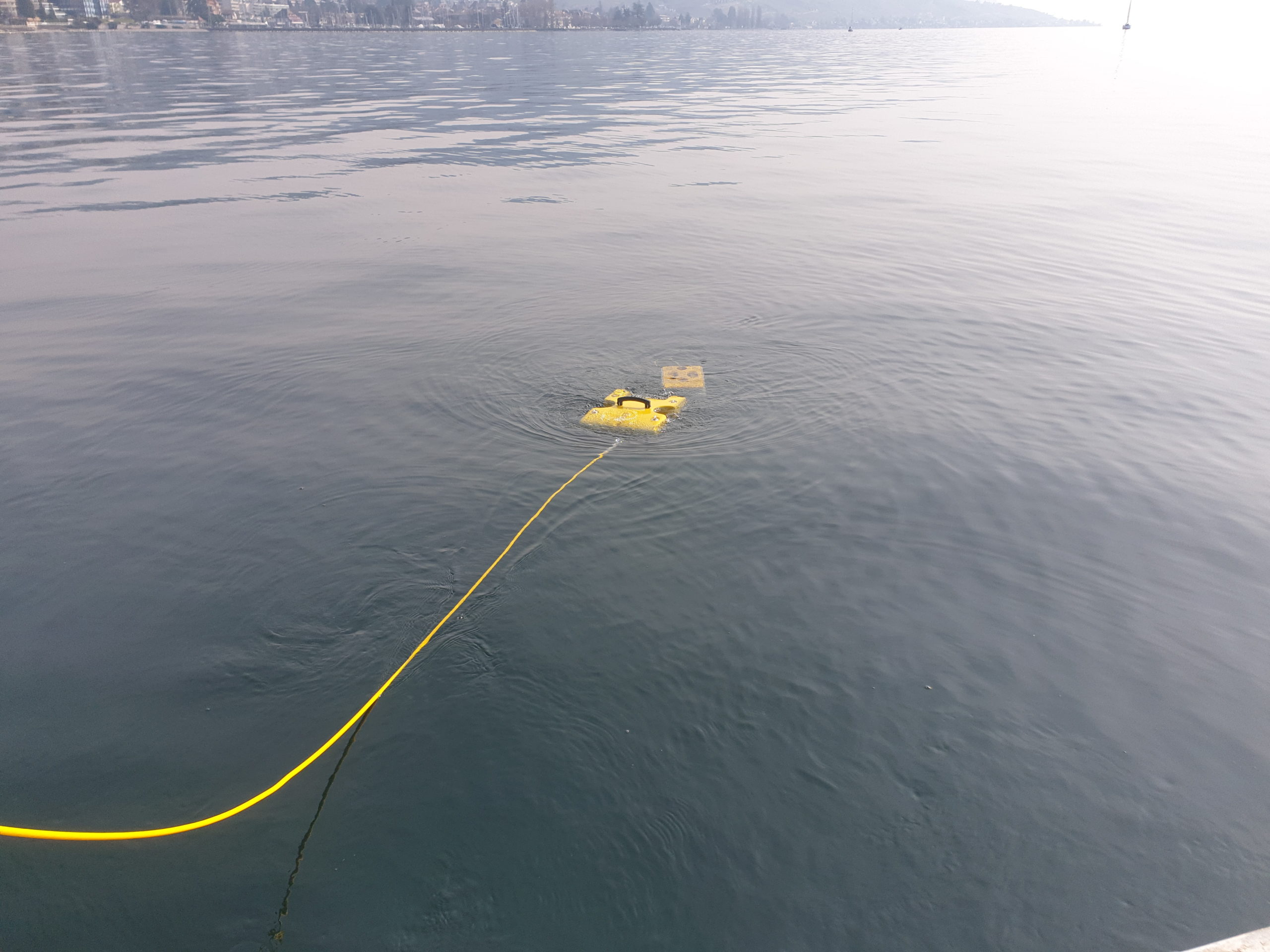Syntactic foam is a specialized type of buoyant material commonly used in underwater applications, including ROVs. We use this material at SEAMOR Marine for buoyancy and it plays a role in our ROV payload capabilities. This foam is a synthetic, composite material that consists of tiny, hollow glass or polymer microspheres. Another name for microspheres is microballoons. These tiny microballoons are suspended within a matrix of epoxy resin. The microspheres are typically filled with gas, such as helium or air, which makes them lightweight and buoyant.
How syntactic foam works to help with ROV buoyancy
The idea behind syntactic foam is relatively simple. The hollow microspheres provide buoyancy by displacing quite a bit of water relative to their size and weight. When incorporated into the body of an ROV, syntactic foam reduces the overall density of the vehicle. This makes it less dense than water and can help it to float or become neutrally buoyant.
Buoyancy adjustment
The buoyancy of an item is determined by the ratio of its weight to the water it displaces. By varying the amount of syntactic foam used in the construction of the ROV’s frame, the overall buoyancy of the ROV can be controlled. Adding more syntactic foam increases buoyancy, while reducing the amount decreases buoyancy. At SEAMOR, we have found the right balance for you for optimal, simple, buoyancy control.
Neutral buoyancy
Achieving neutral buoyancy is a requirement for high quality ROVs. When an ROV is neutrally buoyant, it hovers effortlessly at a particular depth without sinking or rising on its own. This state allows for precise control and stable positioning during underwater operations.
SEAMOR Marine ROVs are commonly used for various underwater tasks, such as inspection, research, exploration, and surveying. The buoyancy control of our ROVs is essential for maintaining stability, controlling depth, and ensuring the ROV’s safe and efficient operation underwater.
Stability
Syntactic foam enhances the stability of the ROV by maintaining a consistent buoyancy profile. This stability is crucial for maintaining control, especially when performing delicate tasks or working in challenging underwater environments.
Conclusion
In summary, the use of syntactic foam in ROVs gives higher flexibility and control over buoyancy compared to other methods, like ballast tanks. It allows pilots to achieve precise buoyancy adjustments, ensuring the ROV’s optimal performance during underwater missions.
Of course, there is more to how SEAMOR Marine ensures the easiest buoyancy control in their ROVs. Check out our other blog and media posts to find out more. OR… come and talk to us and arrange for a demo.

